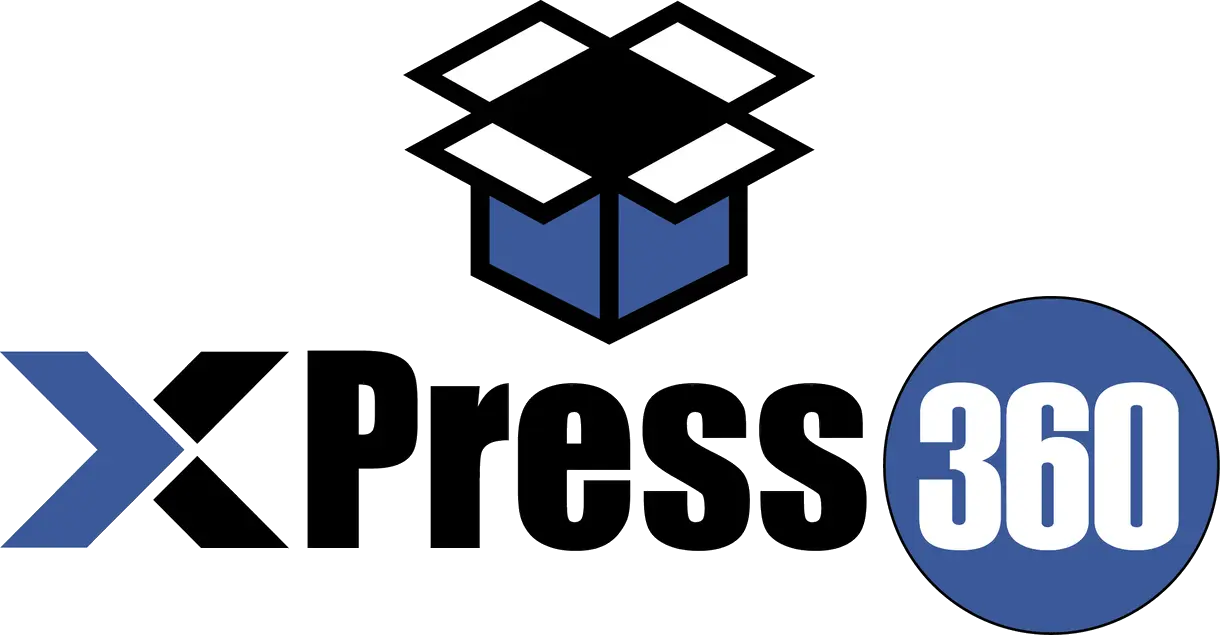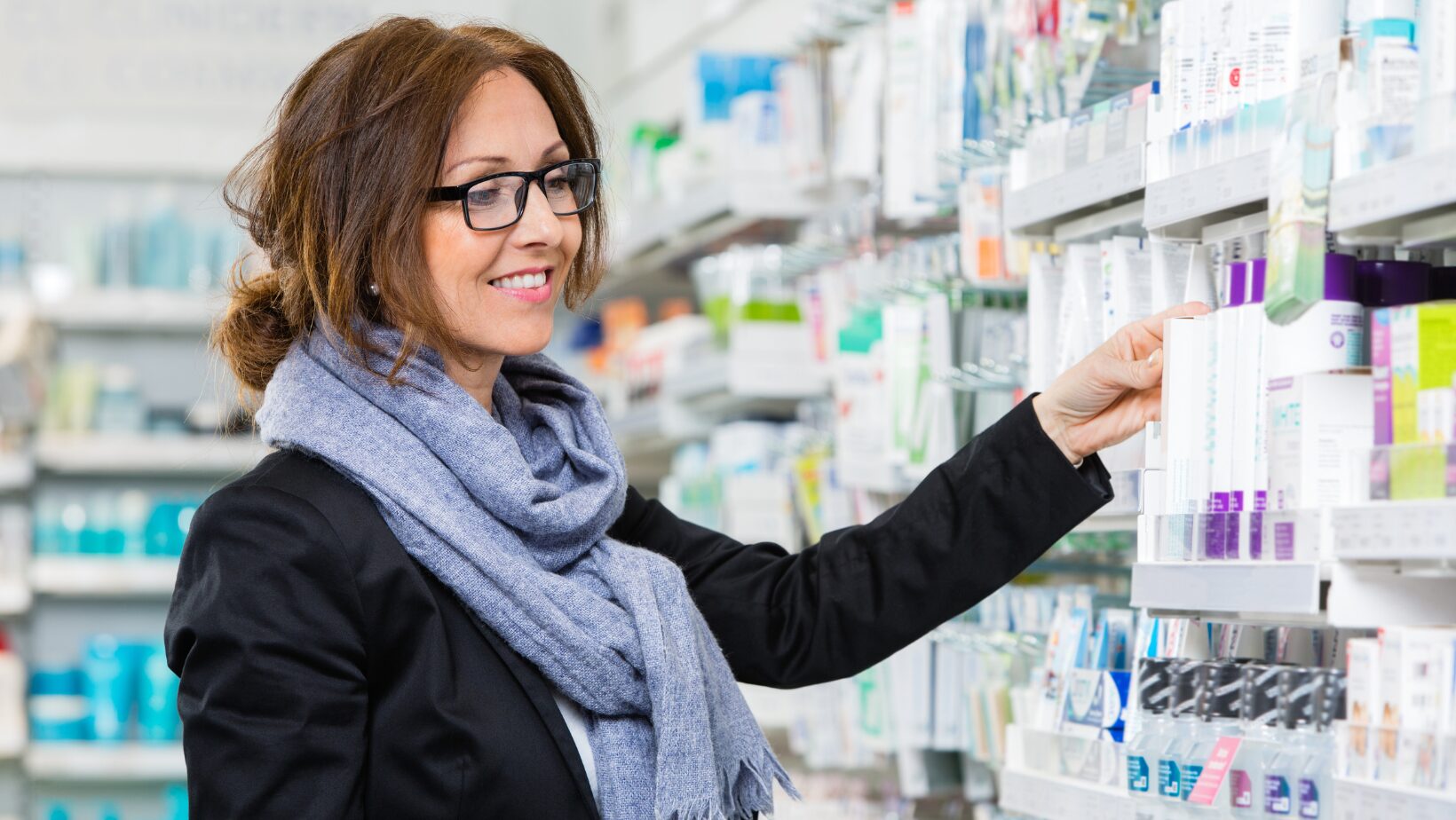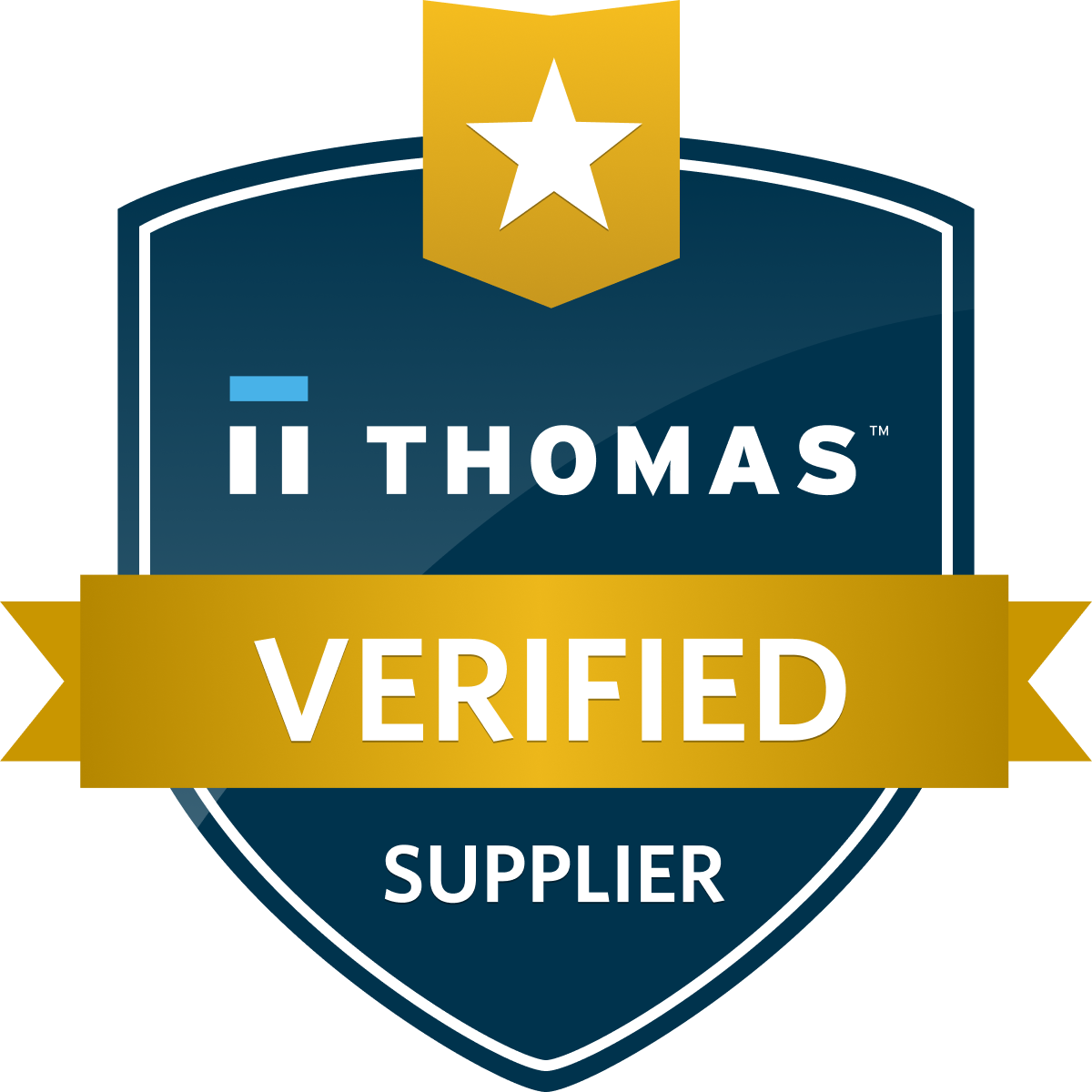In the competitive world of business, packaging design is key to product presentation. A well-designed package not only grabs attention but also showcases brand values and boosts sales. From shelf appeal to the unboxing experience, package design shapes customer perceptions. It’s more than just holding a product; it’s a powerful marketing tool that creates curiosity, emotional connections, and memorable experiences. Whether through eco-friendly materials or interactive elements, packaging offers endless opportunities to make your product stand out and meet specific packaging needs.
How you present your product matters a lot. It’s not just about what the product looks like; it’s also about how it’s packaged and shown to customers in stores or online. Good presentation leaves a strong impression, sets your brand apart from others, and affects whether people buy your product. In today’s digital world, where people have tons of options, standing out is key.
Understanding Your Audience
Target Demographics
Target demographics, including age, gender, income level, and lifestyle, provide insights into their preferences and buying behavior. Tailoring packaging to appeal to specific demographics ensures resonance and relevance, increasing the likelihood of success in the market.
Consumer Psychology in Packaging
Consumer psychology in packaging is important because it allows brands to create designs that resonate with consumers on a subconscious level, influencing their purchasing decisions and fostering stronger connections with the brand.
Elements of Innovative Packaging
Innovative packaging captivates customers by combining eye-catching design and practical elements, leaving a lasting positive impression. Colors, branding, graphics, shape, and materials work together to create shelf appeal and connect with consumers on a deeper level. Presentation packaging adds a touch of luxury and sophistication, making the product feel premium and special from the moment it’s received.
Visual Appeal
Visual appeal in product packaging is important for grabbing consumers’ attention and making a memorable impression. Through strategic use of colors, branding elements, and engaging graphics, packaging can effectively communicate a brand’s identity and capture the interest of potential customers.
- Colors and Branding: Effective product packaging leverages the psychology of colors and consistent branding to resonate with consumers, fostering brand recognition and emotional connections. For instance, it is said that colors like blue and red can evoke trust and urgency, respectively, while maintaining a unified look across all brand materials enhances customer loyalty. The iconic hues of brands like Tiffany & Co. and Coca-Cola exemplify the power of strategic color use in creating instantly recognizable and memorable packaging.
- Graphics and Imagery: Compelling graphics and imagery in packaging not only attract attention but also communicate a product’s benefits and the brand’s story, connecting with consumers on a deeper level. Through strategic visual storytelling, packaging can highlight features, suggest usage, and appeal to specific customer values, such as sustainability or innovation.
Structural Design
Structural design in packaging focuses on the physical form and functionality of the packaging, ensuring it enhances usability, stands out on shelves, and reflects the brand’s identity and values.
- Shape and Form: The shape and form of your packaging can make a big impact on how customers perceive your product. Unique shapes stand out on shelves and make your product instantly recognizable. Thoughtful structural design enhances usability and convenience, making your product a joy to interact with.
- Material Selection: Choosing sustainable materials not only aligns with consumers’ growing eco-consciousness but also communicates your brand’s commitment to environmental responsibility.
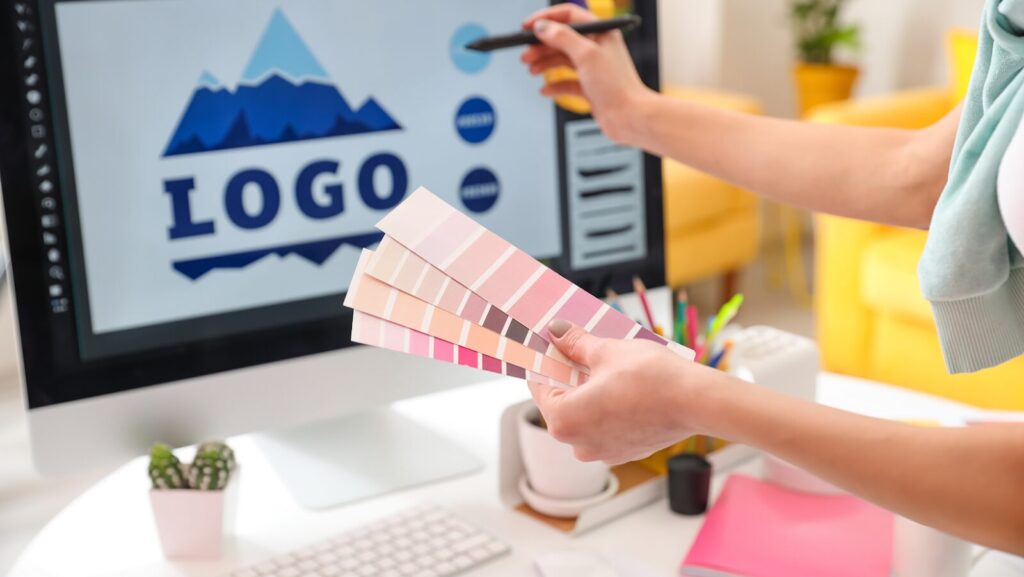
Sustainability in Packaging
Giving priority to sustainability in packaging is key to reducing environmental impact and meeting the increasing demand for eco-friendly products. Incorporating plastic boxes made from recycled materials into your packaging strategy can contribute to sustainability efforts.
Eco-Friendly Materials
Choosing eco-friendly materials like biodegradable plastics, recycled paper, and compostable packaging helps reduce the environmental footprint of packaging. These materials can be sourced from renewable resources and are designed to break down naturally, minimizing pollution and waste.
Green Packaging Practices
Implementing green packaging practices involves optimizing packaging design to minimize material usage, reducing energy consumption during production, and prioritizing recyclability and reusability.
Technology Integration
Technology integration in packaging is revolutionizing consumer experiences and enhancing brand engagement. Augmented reality packaging and interactive packaging solutions are two innovative approaches driving this transformation.
Augmented Reality Packaging
Augmented Reality Packaging integrates digital content with physical packaging, delivering immersive experiences when scanned with a smartphone or tablet. Users unlock interactive content, product demos, or virtual try-ons, setting brands apart in the market.
Interactive Packaging Solutions
Interactive Packaging Solutions use QR codes, NFC tags, or RFID chips to engage consumers in real-time. They offer instant access to product information, personalized offers, or interactive games, enriching the shopping experience and fostering stronger connections.
Industry Trends
Industry trends in packaging are moving towards innovative and sustainable solutions that meet changing consumer preferences and environmental sustainability goals. From smart packaging to advancements in technology, the future of packaging combines functionality, efficiency, and environmental responsibility.
Emerging Innovations
Advanced innovations such as smart packaging, eco-friendly materials, and personalized experiences are changing how packages look and work. They’re meeting what customers want: things to be easy, good for the environment, and made just for them.
Future of Packaging Technology
The future of packaging technology holds promises of enhanced connectivity, automation, and data-driven insights. Advancements in technologies like Internet of Things (IoT), artificial intelligence (AI), and robotics are poised to revolutionize packaging processes, enabling more efficient production, smarter supply chains, and personalized consumer experiences.
Customization and Personalization
Customization and personalization in packaging are transforming the way brands engage with consumers, offering tailored solutions that reflect brand identity and create memorable experiences, ultimately fostering stronger connections and driving brand loyalty.
Tailoring Packaging to Your Brand
Brands use unique designs, colors, and materials in their packaging to stand out and reflect their identity. For example, Lush Cosmetics uses eco-friendly packaging to emphasize its commitment to sustainability, employing minimal, recycled materials to convey its environmental values. This strategy not only differentiates products on shelves but also clearly communicates the brand’s ethos to consumers, enhancing brand identity.
Personalized Consumer Experiences
Personalization in packaging, exemplified by Coca-Cola’s “Share a Coke” campaign, enables brands to deepen connections with consumers. Incorporating names, messages, or interactive elements into packaging creates memorable experiences. This personal touch increases engagement, promotes sharing, and significantly strengthens brand loyalty and satisfaction.
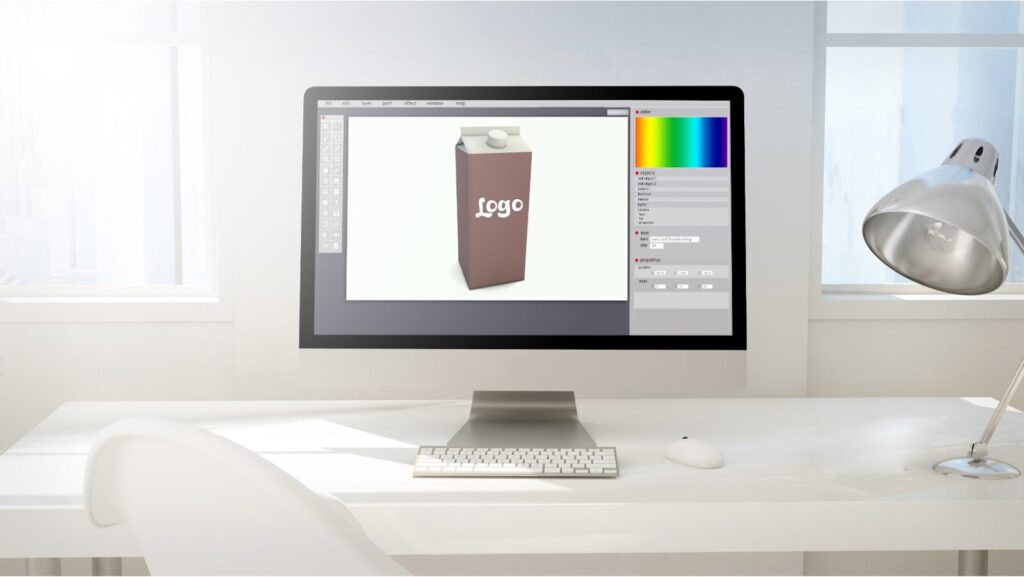
Summary
In today’s competitive market landscape, the significance of packaging cannot be overstated. It serves as a powerful tool for brands to not only showcase their products but also communicate their values, engage consumers, and drive sales. From visual appeal and innovative structural design to sustainability practices and technological integration, the evolution of packaging reflects a commitment to meeting consumer demands while minimizing environmental impact.
As brands adapt to evolving consumer preferences, customization and personalization are vital for building strong connections. By tailoring packaging to reflect brand identity and offering personalized experiences, brands enhance loyalty. Looking ahead, advancements in technology and sustainability will drive the packaging industry forward, allowing brands to stand out and deliver memorable experiences that resonate with consumers.
Maximize Your Product’s Potential: Discover XPress360 Today!
